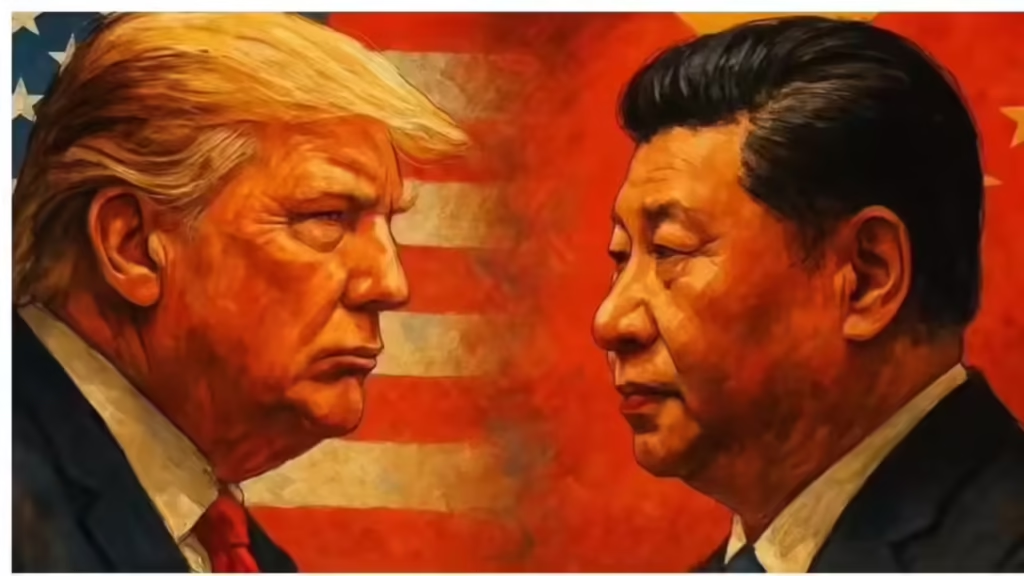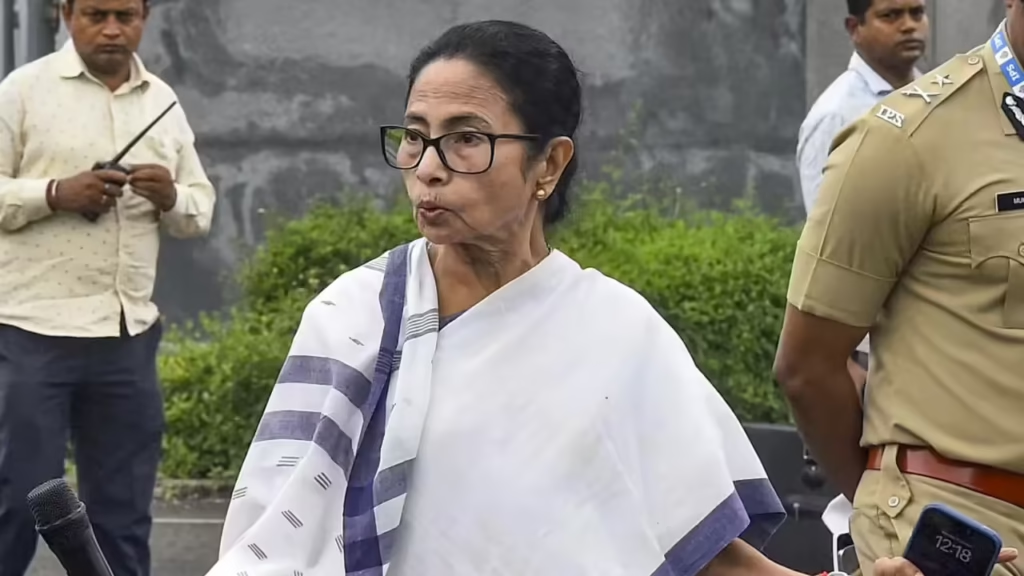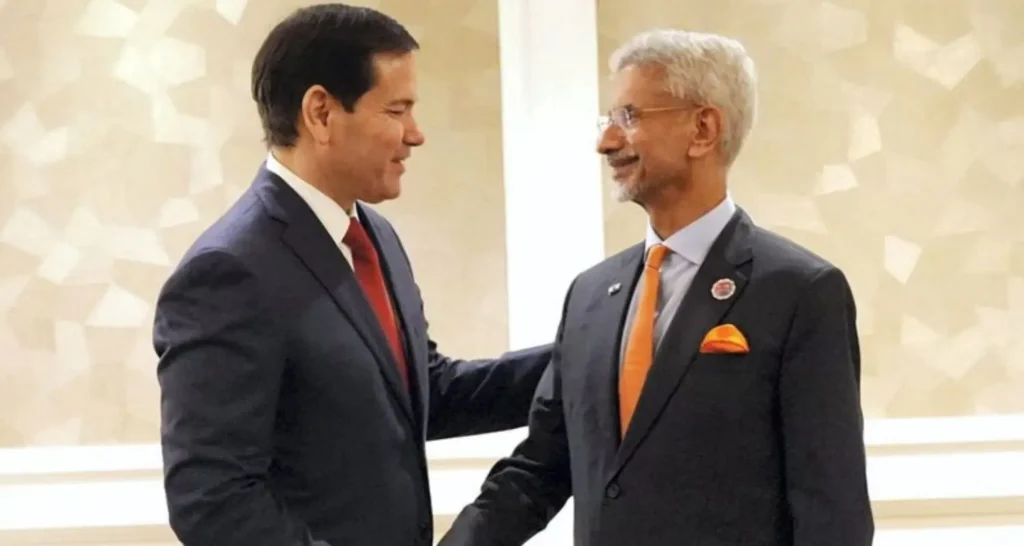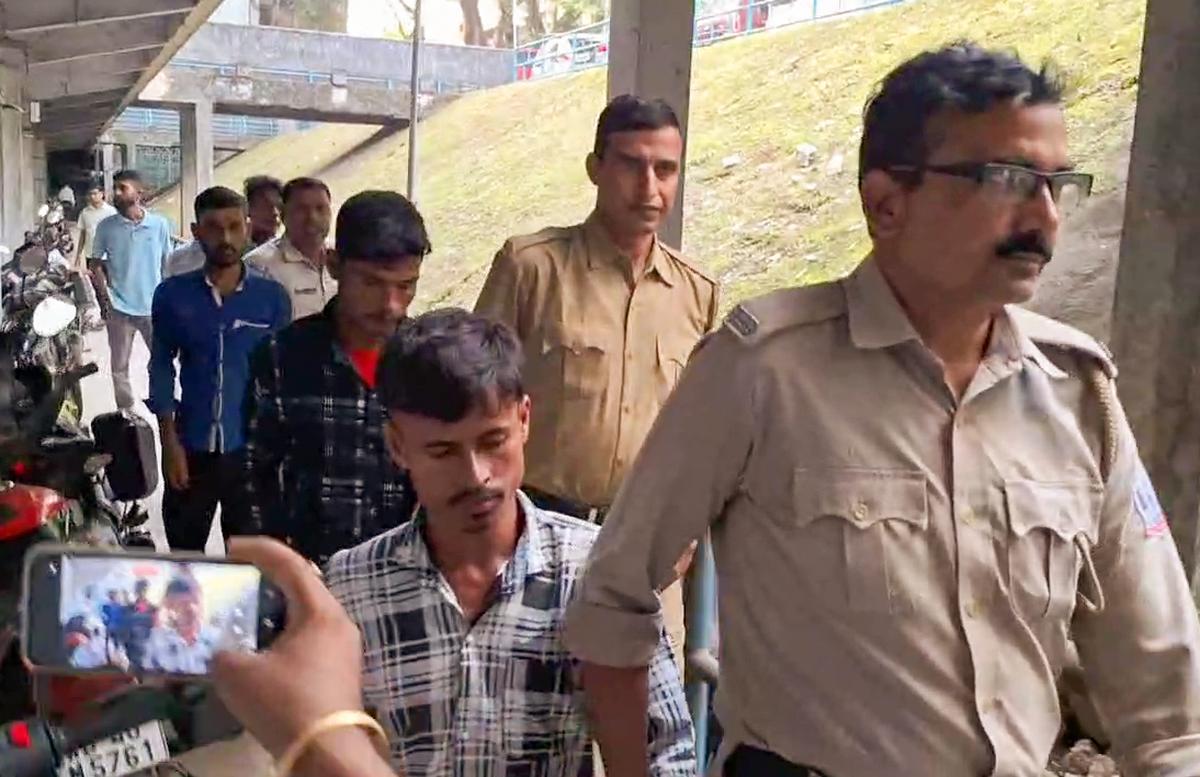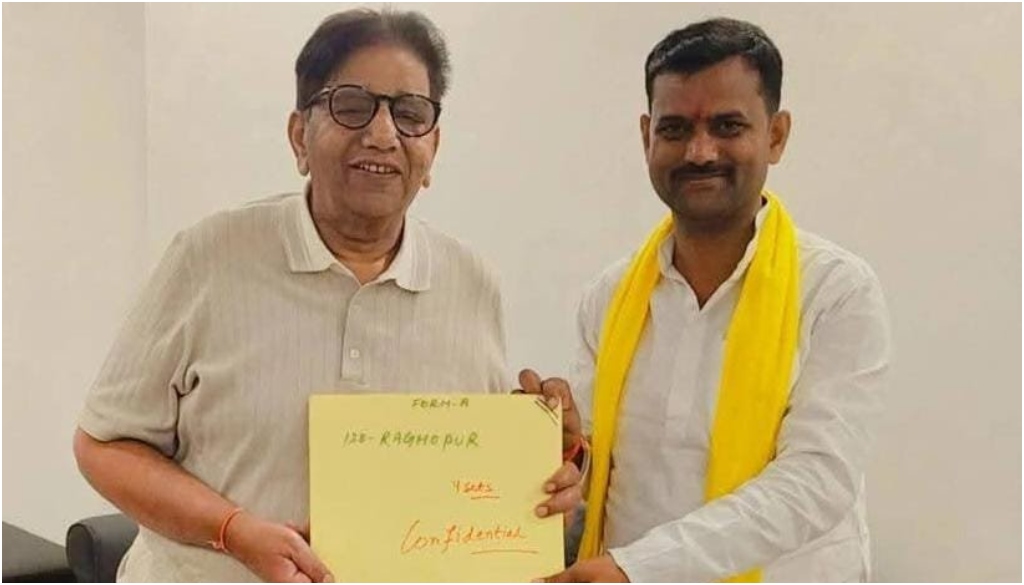Now Reading: Bihar Elections: Opposition Scrambles as Nomination Deadline Nears
-
01
Bihar Elections: Opposition Scrambles as Nomination Deadline Nears
Bihar Elections: Opposition Scrambles as Nomination Deadline Nears
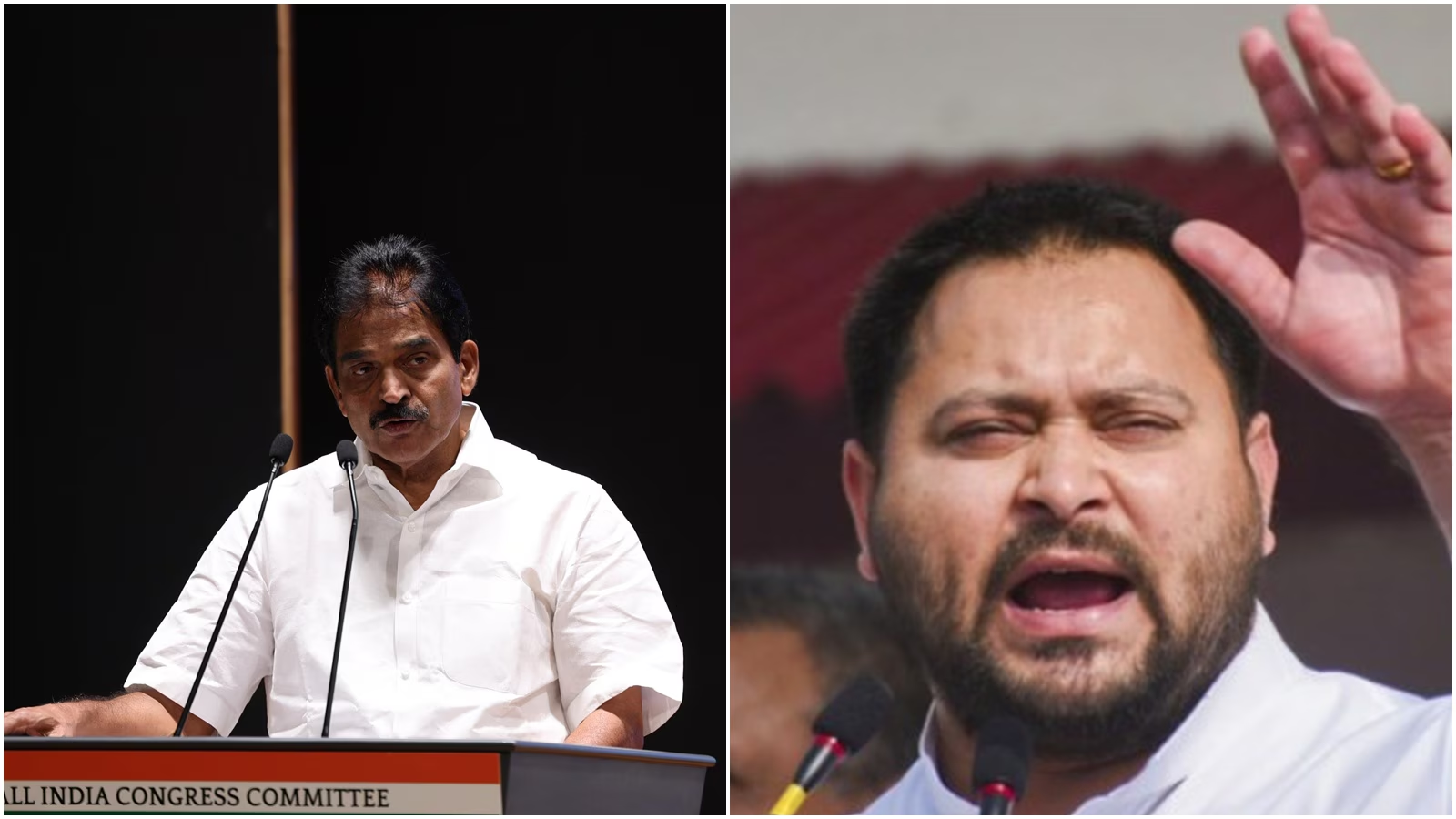
With only three days remaining before nominations for Phase 1 close, opposition parties in Bihar are still struggling to finalize their seat-sharing pact. The delay is hampering poll preparations and raising doubts about the alliance’s readiness. For voters in Tier-2 cities, these last-minute political maneuverings may signal deeper fragmentation, unpredictability, and how alliances shape their local representation
The ticking clock and stalled deal
The nomination window for Phase 1 elections ends in just a few days. But the INDIA bloc—the opposition alliance—has not yet sealed its seat allocation formula. Despite meetings and negotiations, key partners remain at odds over which party gets which constituencies.
Congress’s central committee convened in Delhi to firm up its list of candidates. But with unresolved talks with major ally RJD, many seats remain in limbo. RJD, as a dominant regional force, is pressing for leverage; smaller parties want fair share.
Why the delay is risky
In politics, time is strategy. A late agreement reduces campaign lead-time. It complicates ground mobilization—posters, rallies, voter outreach—all need coordination. Without clarity, local leaders may lose morale or defect.
In Tier-2 districts, where political networks are weaker and media coverage sparse, delays can create confusion at the grassroots. Voters may see mixed messages or switch allegiances when alliances are unsettled.
The alliance dynamics
The INDIA bloc includes RJD, Congress, Left parties, and smaller groups like VIP (Vikassheel Insaan Party). Each has demands, and reconciliation has proved difficult. RJD, with strong numbers in Bihar, is reluctant to cede its influence. Congress seeks a respectable share.
VIP and left parties are pressing for seats that matter—even a few seats could translate to influence. If they feel short-changed, they may reconsider their alliance. This makes the negotiation delicate and unpredictable.
Meanwhile, the ruling NDA coalition has already locked in its seat distribution among core partners. That gives NDA candidates a head start in campaign planning. The opposition’s delay thus puts it at a disadvantage.
What this means for voters
For ordinary citizens and local party units, the uncertainty is frustrating. They need to know who their candidate is, what alliance they represent, and how to mobilize support. When seats shift or party symbols change, confusion can depress turnout.
In Tier-2 towns, where party presence is not as entrenched, alliances carry extra weight. If a local candidate switches allegiance or runs as independent due to alliance fallout, it could reshape contests in surprising ways.
The path forward
To regain momentum, the opposition must finalize its deal quickly and publicly. Fast clarity will let field units consolidate, align messaging, and begin voter outreach. A transparent process will help restore confidence among cadres and voters.
If any ally feels sidelined, the opposition risks internal splits even before voting begins. They must, therefore, balance equitable seat allocation with strategic contests where each partner can contribute meaningfully.
Conclusion
With the clock running out, Bihar’s opposition finds itself in a high-stakes scramble. The seat-sharing impasse is more than political theatrics—it impacts who voters see on the ballot, and how alliances influence governance. For now, all eyes are on whether a deal is struck in time—or whether delay becomes defeat.








